|
Is there anything that thrills so much in the garden as the colour - rich dark red? When red is dark enough to border on black it becomes very mysterious, drawing you in to it's dark depths as into some sort of dark erotic power! The power of dark - it's the colour of night, the colour of secrets, the colour of magic, the colour of evil, the dark depths of the sea, and I am drawn to it as a moth to a flame. Black Madonna - Black Tulip - drama, drama, drama. Could the simple cottage garden Hollyhock really be part of this drama you may wonder? Not if it's pink or yellow but when it's a deep intense red, verging on black - that's a different story! 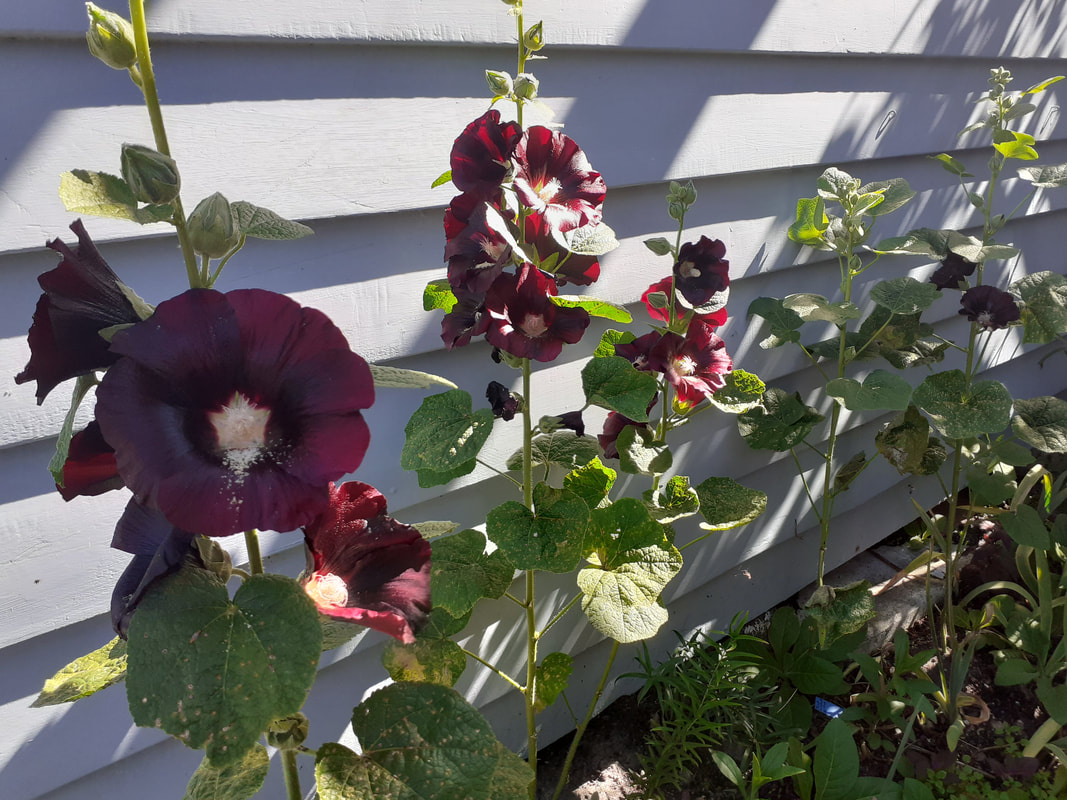 Black Hollyhock (Alcea rosea nigra) Last year I bought a little bunch of plants wrapped in newspaper at the local Linwood Saturday Market for 2 or 3 dollars. There was just a modest little label saying 'Hollyhock plants' tucked in with them, so I planted them against my house in a sunny position, knowing this is what Hollyhocks like and thought no more about it. However by the next spring these small unremarkable seedlings had grown to robust substantial plants with strong stems rising up from their centre. I couldn't believe it when they started to bud up and the colour peeping out from each bud was a rare dark reddish black, and every single plant was the same. How exquisite! Every day I thank my unknown benefactor for such exotic treasure. The opposite of black is white which is much more popular and noticable in the garden - bland maybe - but it does illuminate the garden with a wholesomeness or even purity which black/dark red is simply not capable of. Black/red tends to skulk away somewhere out of sight, holding on to it's mysterious secret power The legendary garden hero, Vita Sackville West, was good at white, and in the 1990's we all wanted to be Vita. She liked white because of it's luminosity at night. But she also liked night in the garden with the same velvety blackness as dark flowers - lending mystery and eroticism to the garden, and Vita was nothing if not erotic. She was celebrated for her eroticism! It's not only the sultriness of dark flowers. Dark foliage has a big part to play in the garden as well. Especially in mid summer when Dahlias which are indispensable at this time of year for colour and interest, are even more striking when they are surrounded by dark or bronze foliage. Whether the flowers are delicate shell pink as in Dahlia ''Mystic Dreamer' or blatant orange/red, as Dahlia 'Mystic Enchantment', they contrast superbly with dark foliage. Not only with their own foliage, but with the plants around them as well, adding much contrast and interest to the garden. These dark foliaged Dahlias are the result of Dr. Keith Hammett's pioneering work with Dahlias some of which have won top awards at the Royal Horticultural Society's trials and have been featured in the Chelsea Flower show. His Mystic Dahlia series consist of a stylish, more contemporary kind of dahlia, with filigreed deep mahogany to black foliage and brightly coloured single flowers and bred here in New Zealand. Far from an old fashioned look, they can absolutely add a contemporary edge to the garden!
I'm not sure how Red Orach came to be in my garden. It just appeared one day - the most delectable of dark foliaged weeds. It is a prolific seeder I have found out, but it's easy enough to hoe out or clutch handfuls of little seedlings in spring and pull them out. It's knowing which ones to pull and which ones to keep which is the bother. If you leave too many they can grow up and swamp your other plants, but the thing is - they are so attractive as they form their gorgeous pink seed-heads that you want to keep them! I find, I pluck them out intermittently throughout the summer when they grow up too tall with other plants and start to get in the way. Once you've got Red Orach, you're never without it - it always comes back! And it adds such colour and height to the garden when it's forms it's seedheads, that you wouldn't want to be without it!
12 Comments
|
Details
Archives
July 2023
Categories |
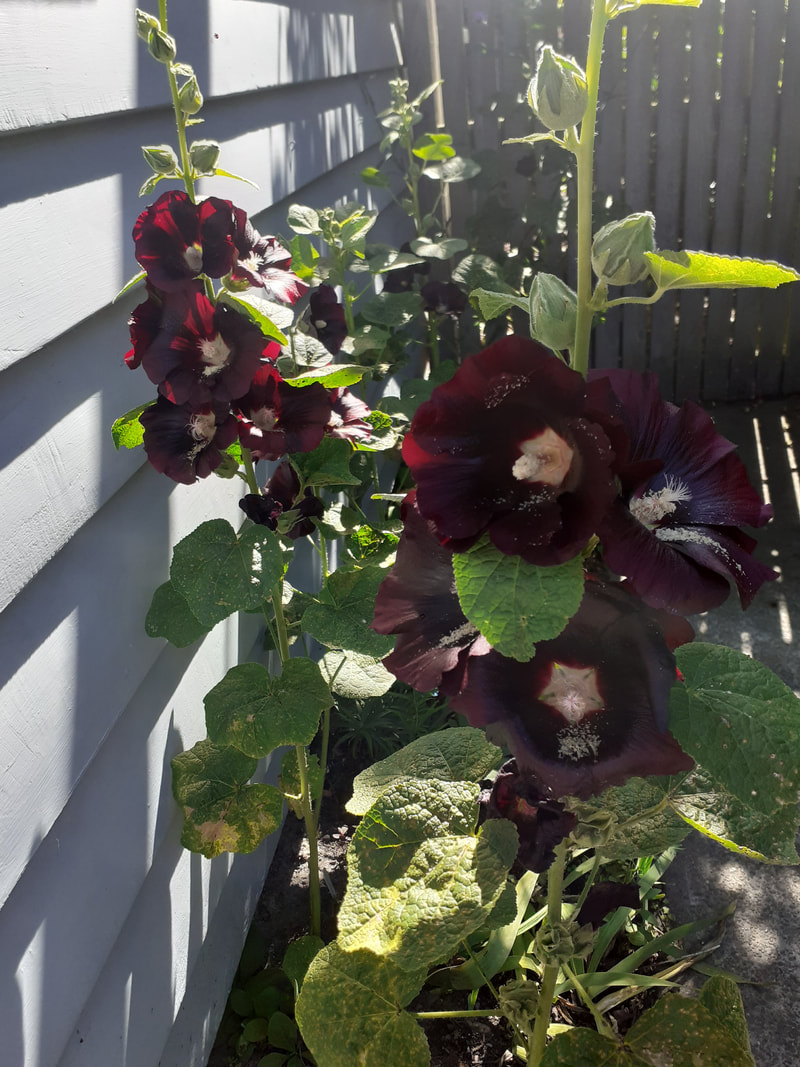
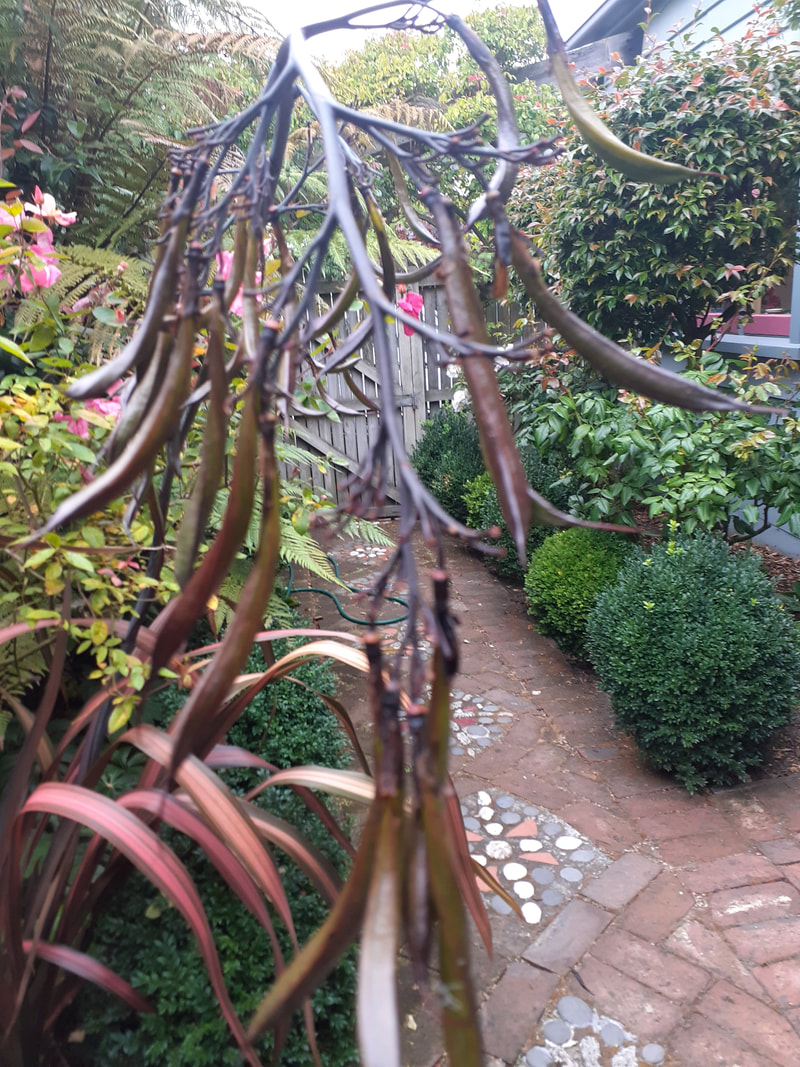
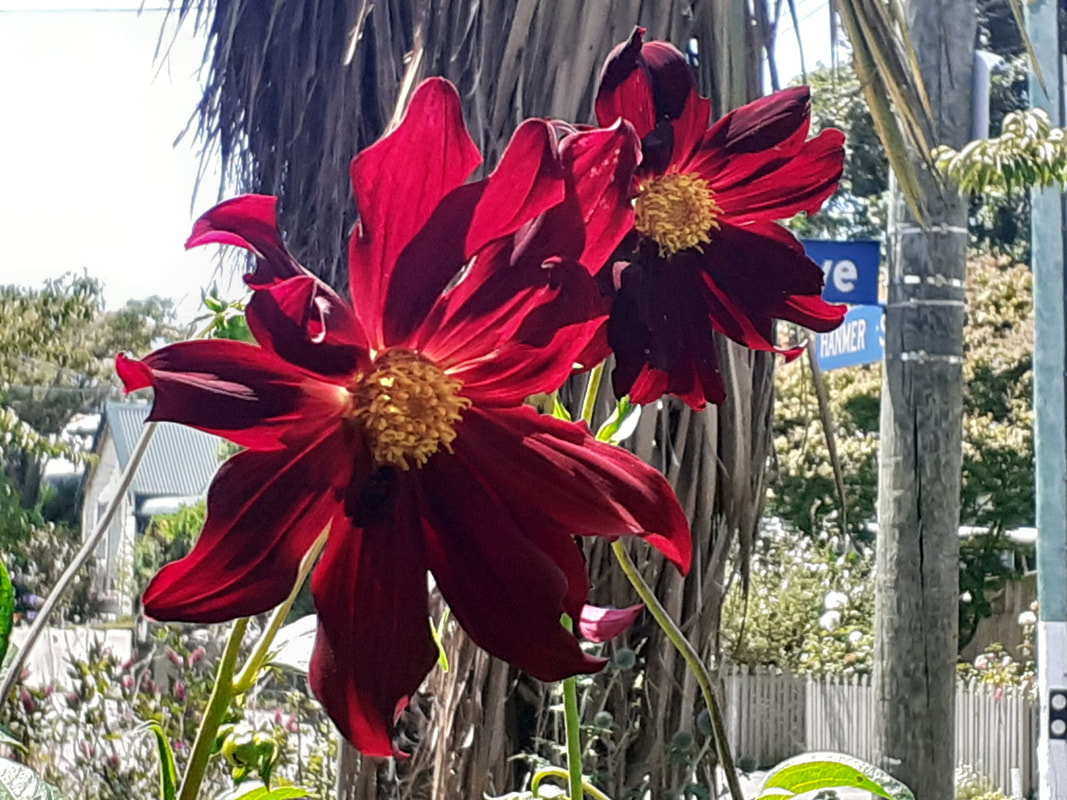
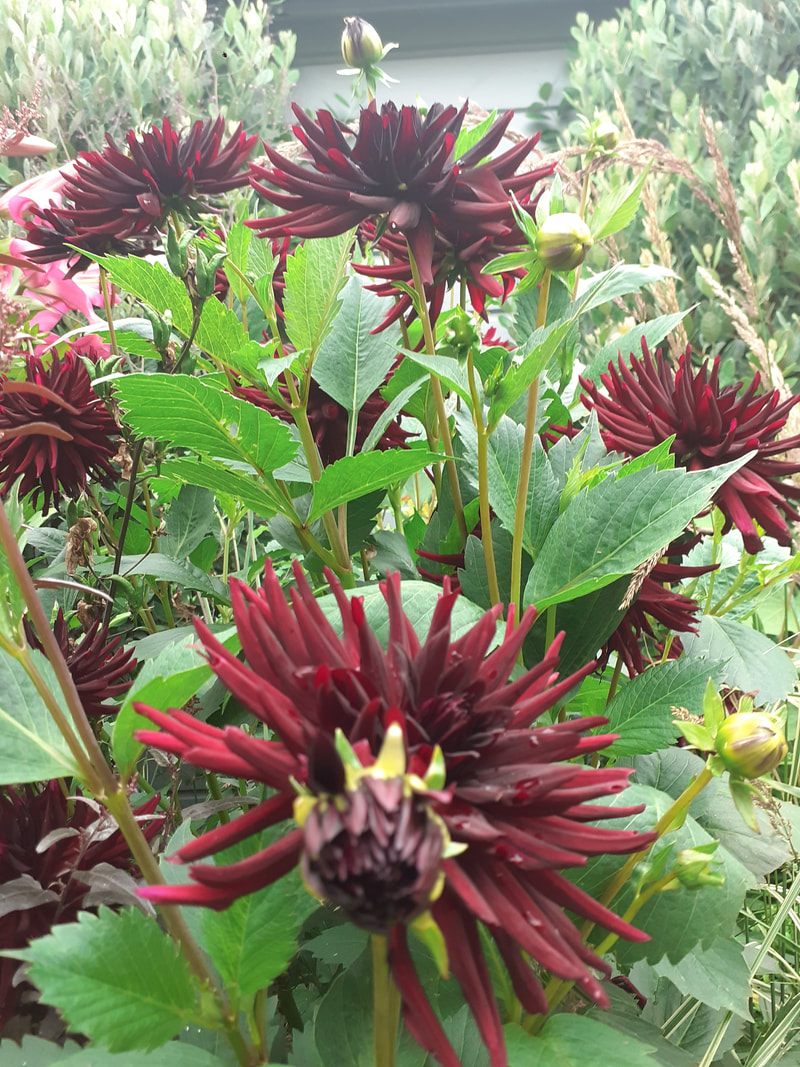
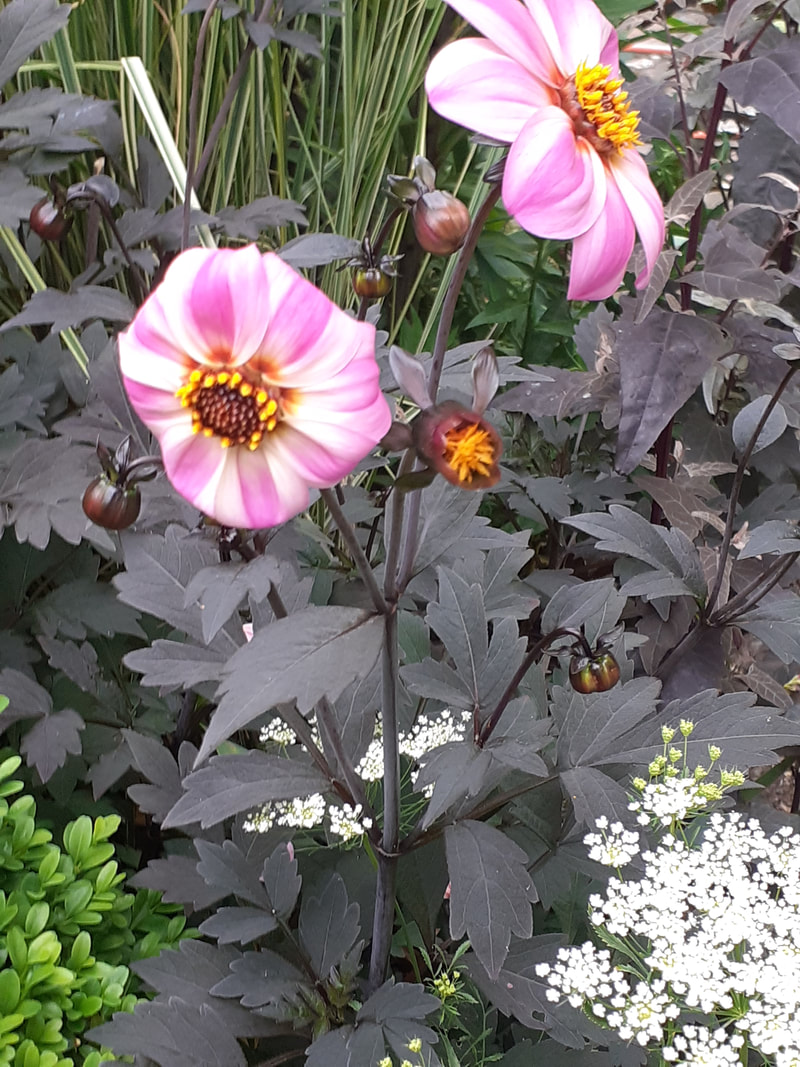

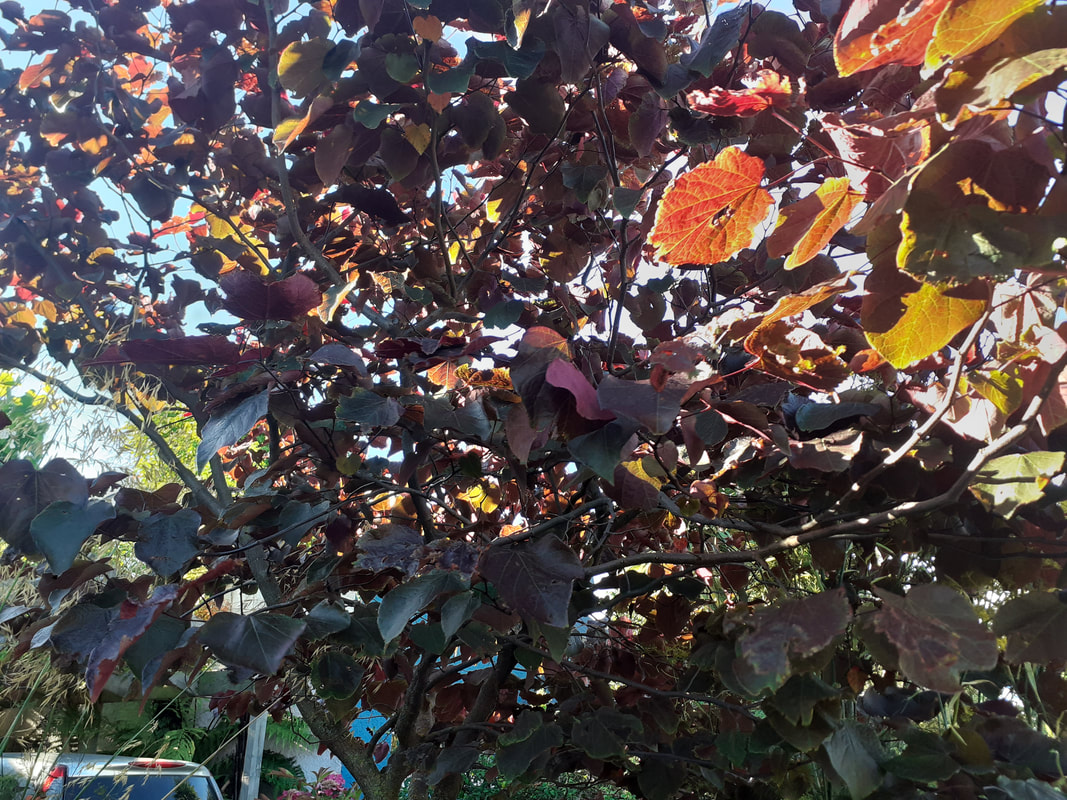
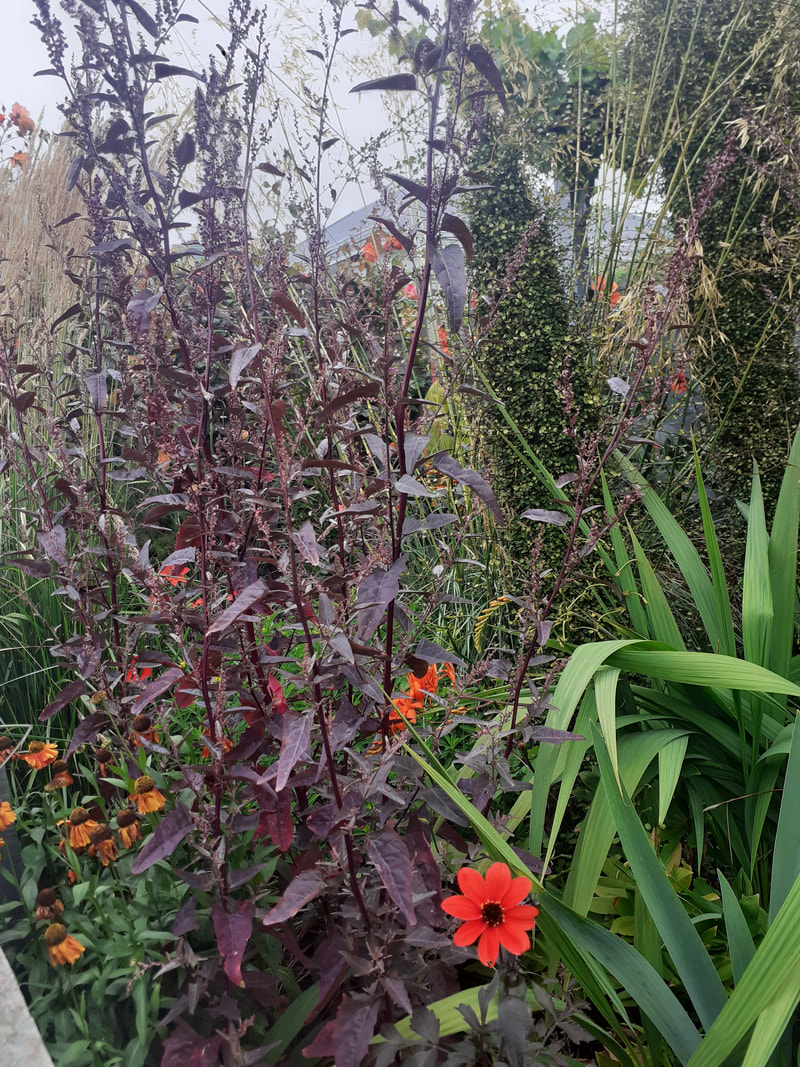
 RSS Feed
RSS Feed
